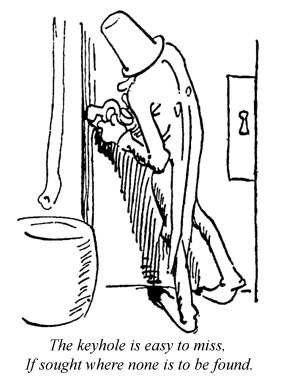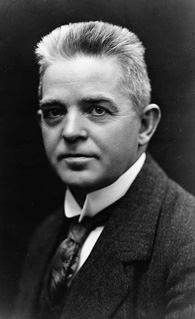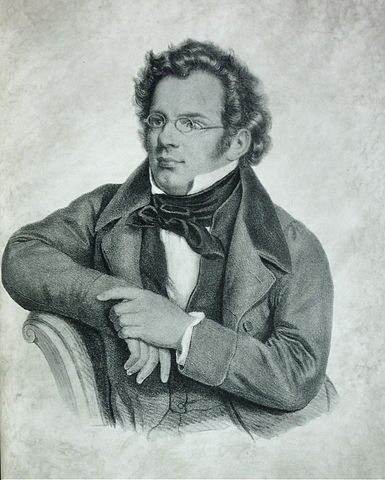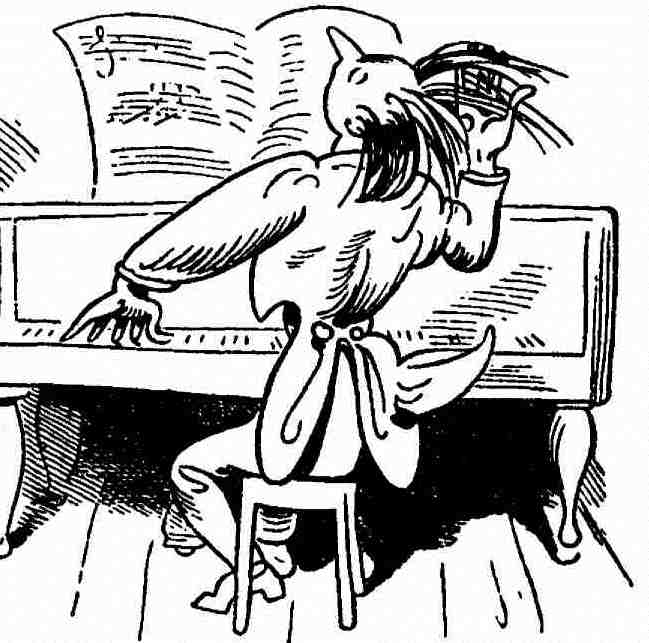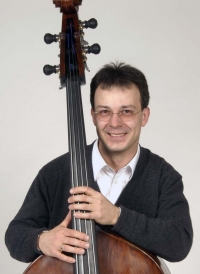Fans of the humourist Wilhelm Busch will certainly be reminded of the story of Master Zwiel who, upon returning from a tavern on a cold winter’s night, stands at his front door with key already in hand and vainly seeks the keyhole.
The story ends tragically: Master Zwiel loses the key and falls while searching for it into a water barrel where he finally freezes to death.
The finale of Robert Schumann’s string quartet in F major, Op. 41 No. 2, is not, in fact, quite so dangerous for violists, but there is a connection with Master Zwiel. For the musician also has in hand a key, as it were, but has to search for the matching keyhole – that is, the correct position for the key. [Translator’s note: The German word Schlüssel means both ‘key’ (as used in music notation and as well as in a lock) and ‘clef’, making sense here of the pun.] Continue reading

